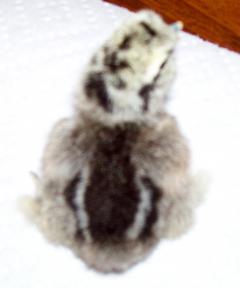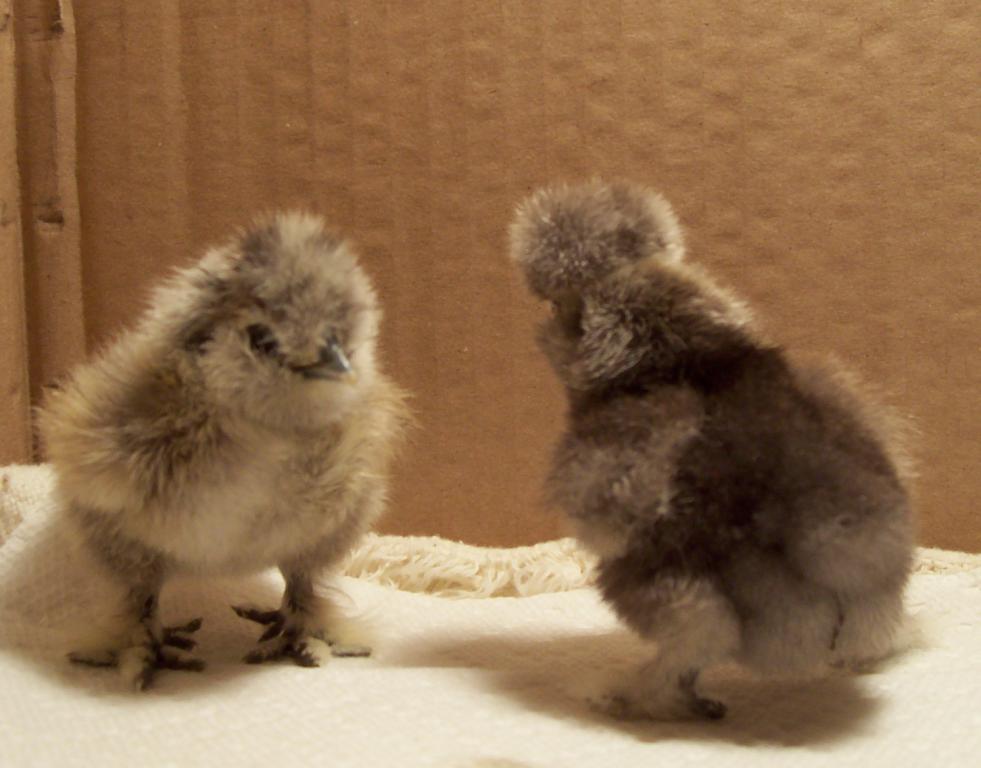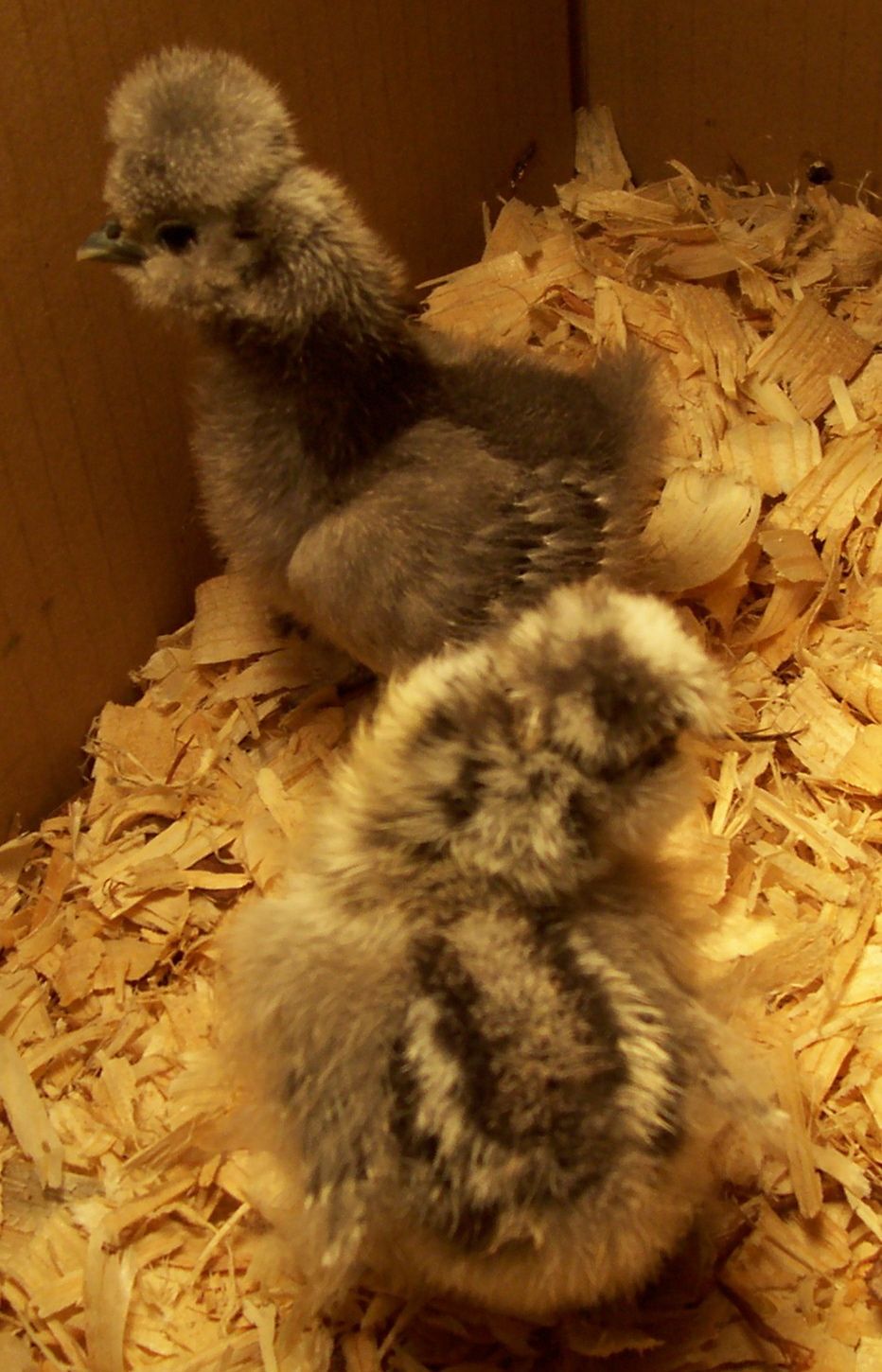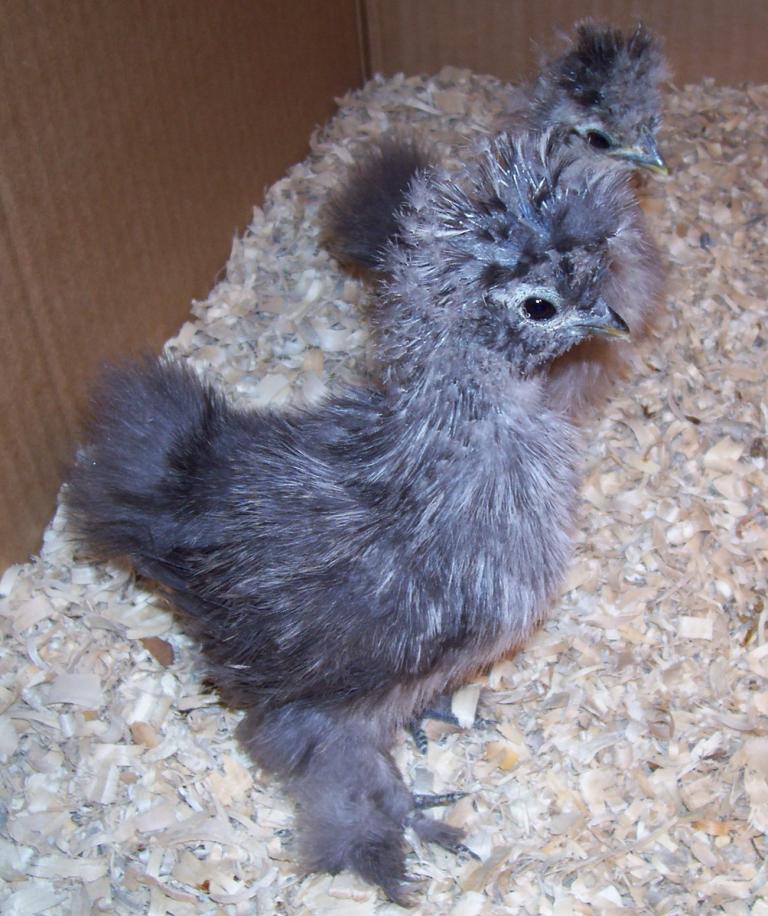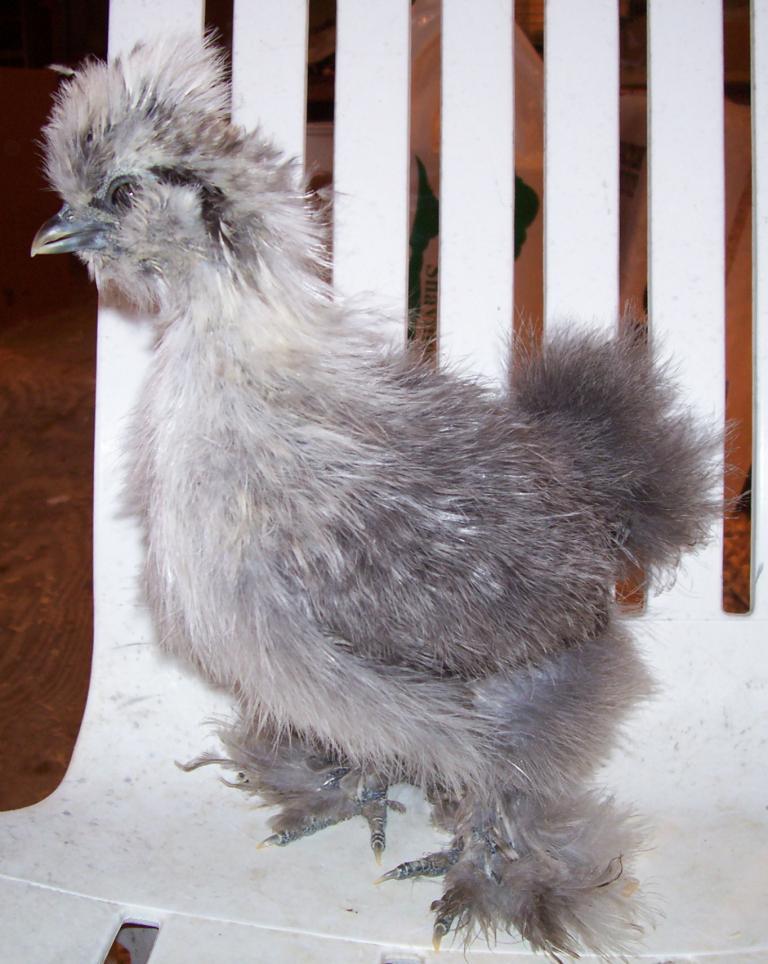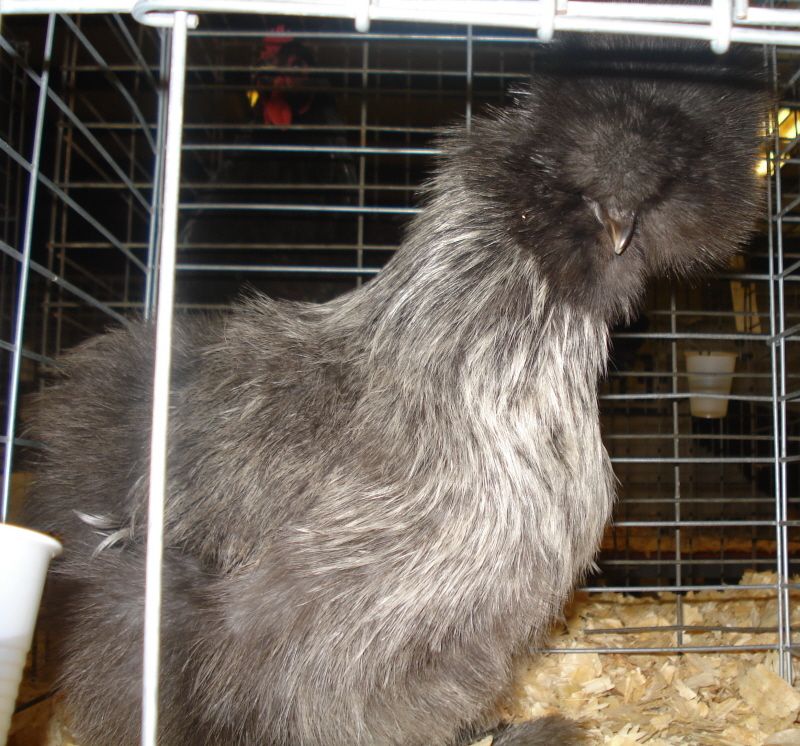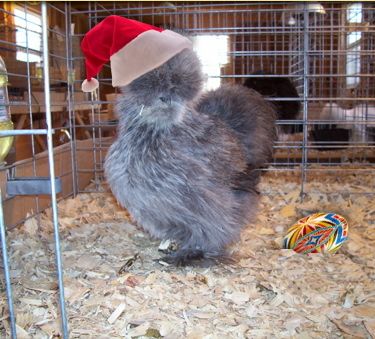Quote:
Sonoran Silkies is right, it is not like mixing Paint. Black x White will not give you gray. You would most likely get some bad blacks, bad whites, bad Partridge and who knows what else. It would all depend on what is in the background of your breeding birds. Just because a bird, or two breeding birds "look" a certain color, does not mean they will produce the same. It is very important to know what the background color of your birds are before you use them for breeding, being it pure colors, or projects. Many colors, gray for instance, will not breed true if they come from splits. Because splits are not true grays. I get many emails asking why the gray "looking" splits they have bred do not breed true. That is because they are not gray, so how can they breed true, and this is true with all colors. There is nothing wrong with playing with colors, or working on new projects to produce potential new varieties, but it is important for your own breeding purposes not to put those offspring back in to your pure color lines. Hence, the reason for breeding your own birds for many generations and holding on to them, so when you need them in the future, you will know for certain what their color background is, and even then, you can get a few surprises, but not nearly as many!
